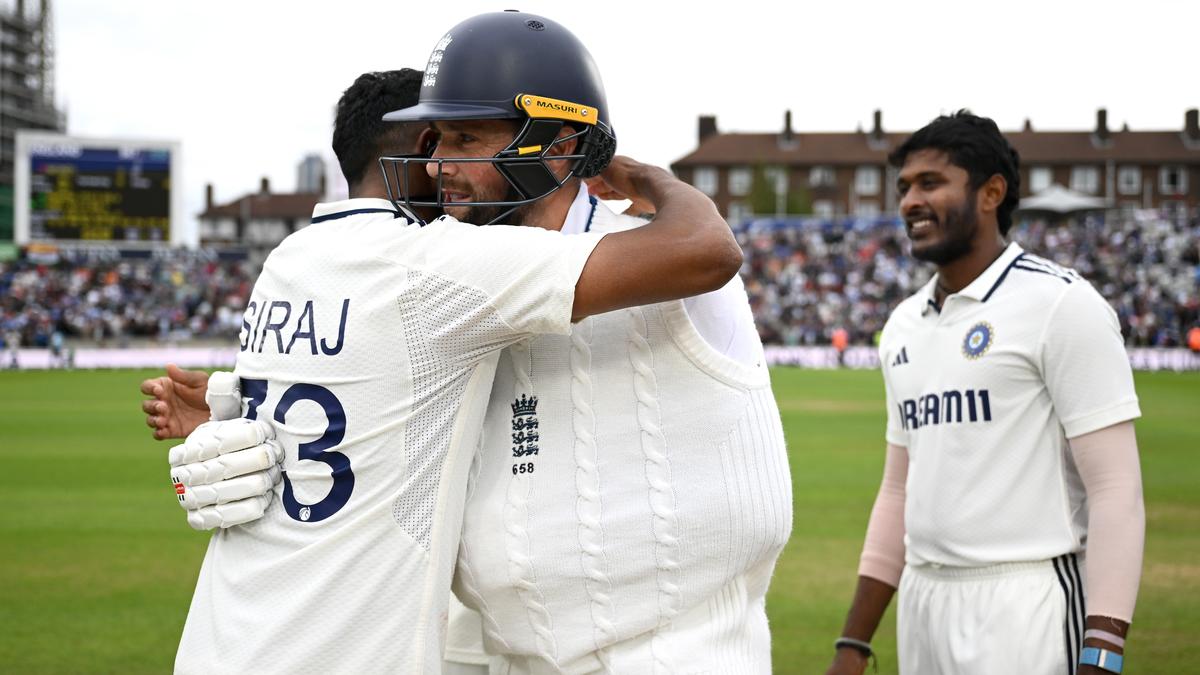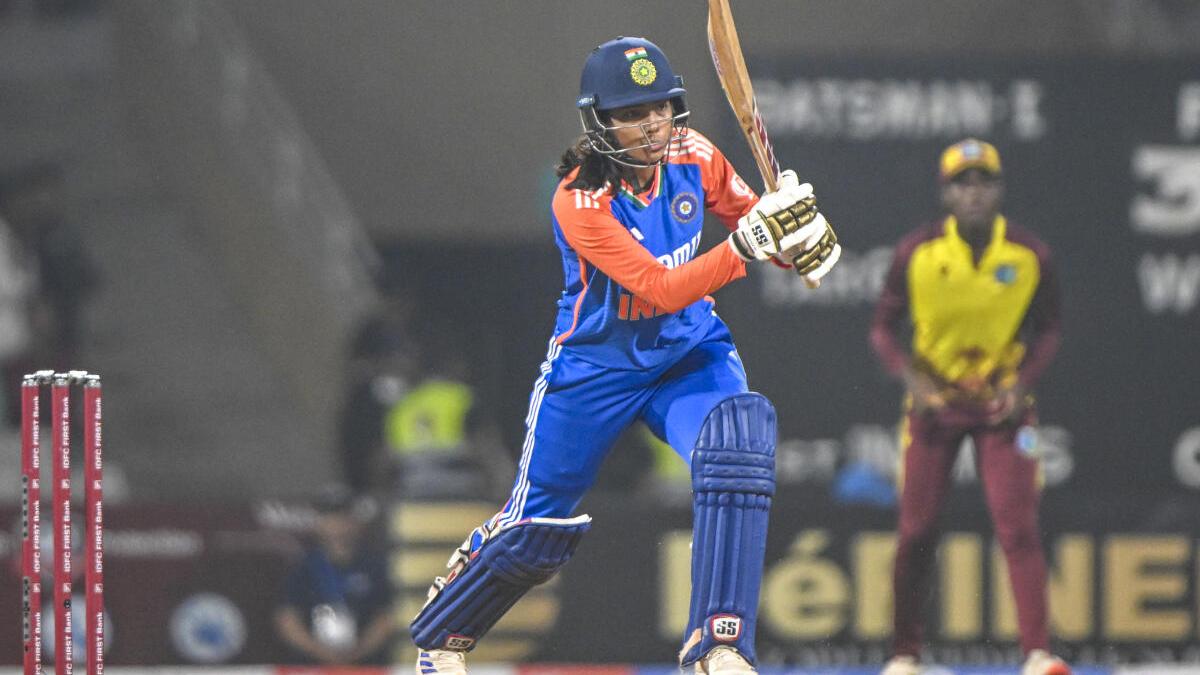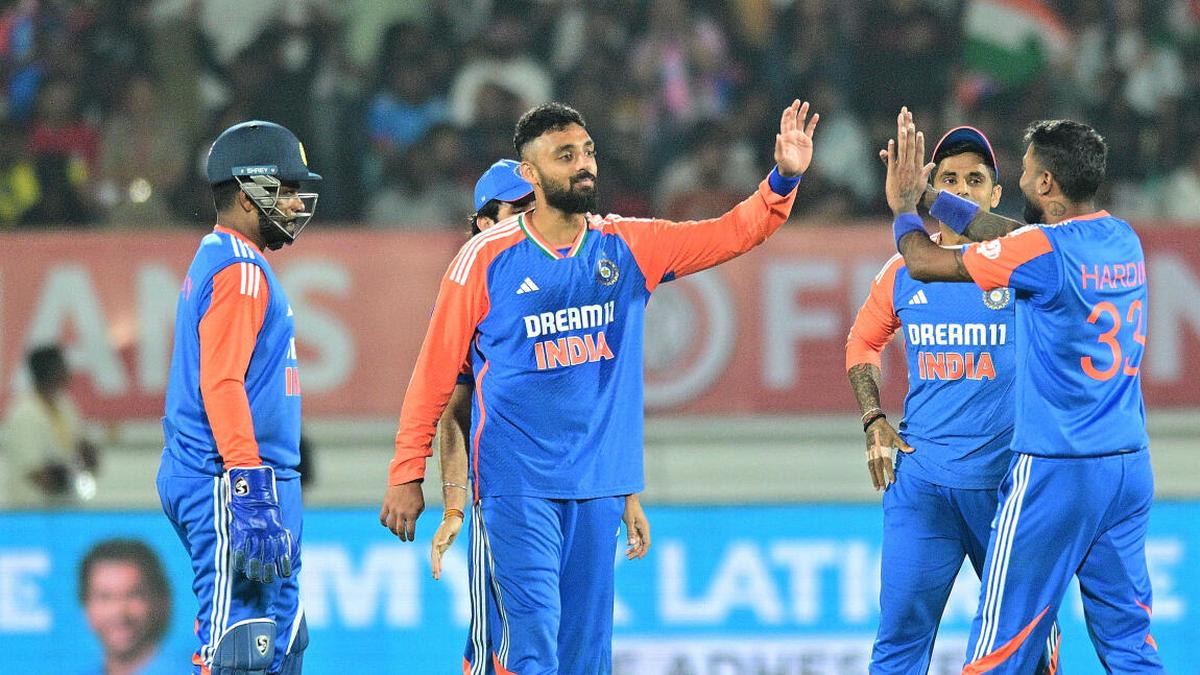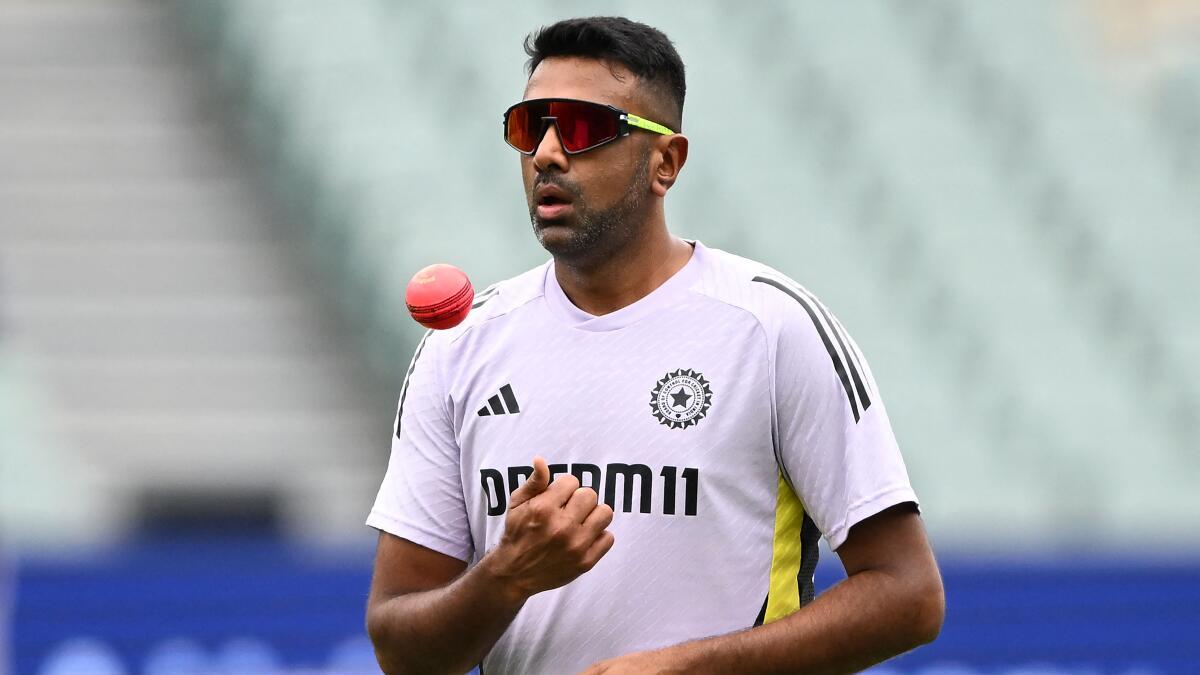Sport doesn’t build character; it reveals it — but only in Test cricket does it leave it bruised, stitched, and interrogated over five days of ordeal.
Across five matches between India and England this summer, character was exposed in ways that T20 would scarcely permit and one-dayers barely accommodate. The collisions were not just between bat and ball but between sinew and will, between frailty and fight. If this series will be remembered for its moments of high skill, it will endure for the sight of broken bodies refusing to bow.
Rishabh Pant came out on the second morning at Old Trafford with a broken foot. The previous day, a full toss from Chris Woakes had cannoned into his right boot mid-reverse sweep. He peeled off his sock to reveal a lump that would have made a physio wince. Carted off in a buggy and dispatched for scans, Pant’s participation in the match seemed over. Yet the next morning, he limped out, launched Jofra Archer for six, completed his half-century, and carried India beyond 350. Pain wasn’t ignored; it was absorbed.
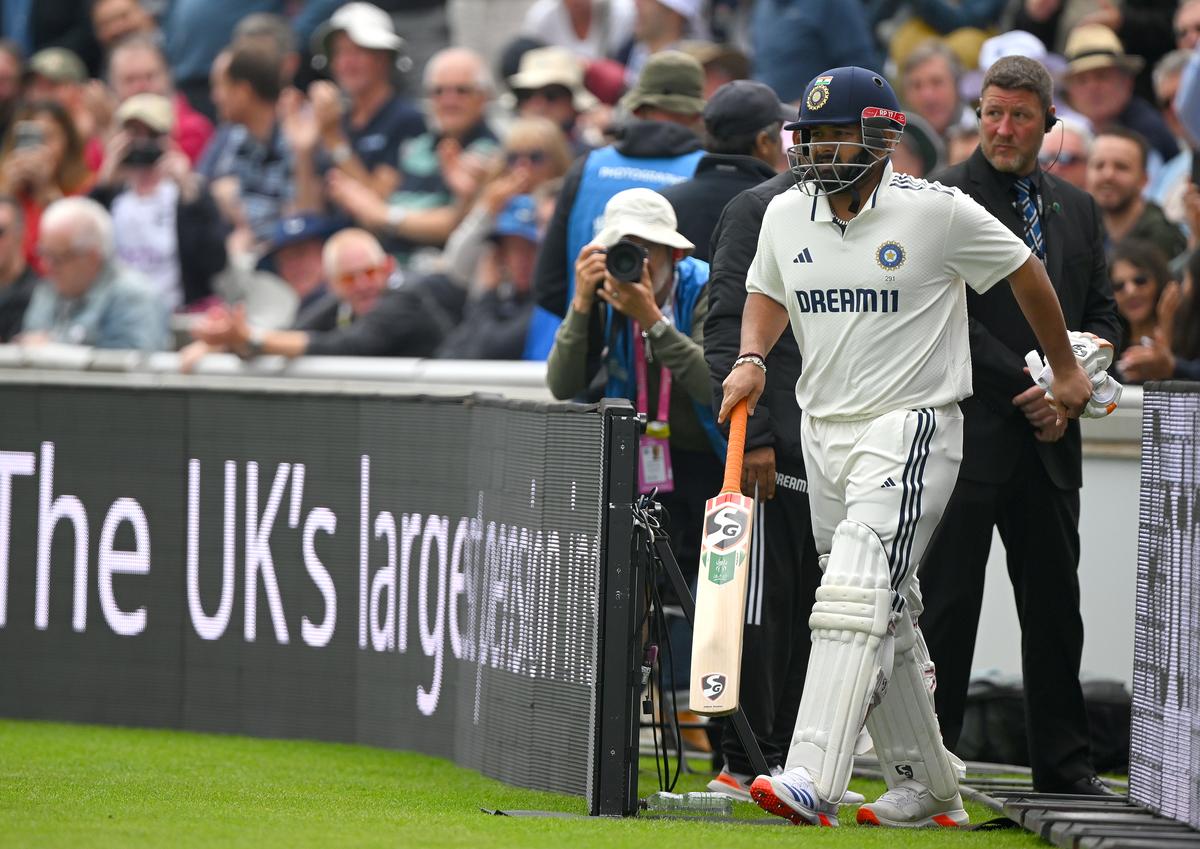
Rishabh Pant came out on the second morning at Old Trafford with a broken foot after copping one on his right boot mid-reverse sweep.
| Photo Credit:
Getty Images
Rishabh Pant came out on the second morning at Old Trafford with a broken foot after copping one on his right boot mid-reverse sweep.
| Photo Credit:
Getty Images
At Lord’s, it was Shoaib Bashir who played through a broken finger on his left hand, clobbered by a return drive from Ravindra Jadeja. He held on for the final day, then delivered the ultimate blow, dismissing Mohammed Siraj to give England a 2-1 lead. He did not bowl again in the series.
ALSO READ | Lord’s Test: A bail falls, and with it a brave resistance
But if Lord’s was England’s, it was only just — Ben Stokes, part Spartan, part sorcerer, dragging his team past the finish line. That match turned on a moment of mad genius: Stokes, fielding at point, hurled down the stumps to run out Rishabh Pant in full flow, tilting the axis of a match that would take England to a 2-1 lead.
Yet that will came at a cost. Stokes bowed out of the final Test with a grade-three tear in a shoulder already frayed by years of attrition. Across the series, he had bowled 140 overs, 23 more than his previous heaviest workload in his debut series in Australia in 2013-14, and taken 17 wickets, more than even Jasprit Bumrah. From shattered fingers to a twice-surgeried knee to hamstrings torn and now a shoulder wrecked again, Stokes’ catalogue of injuries reads like a soldier’s medical file. But until his body gave out at Old Trafford, he was England’s engine room, the difference between parity and dominance.

Across the series, Ben Stokes bowled 140 overs, 23 more than his previous heaviest workload in his debut series in Australia in 2013-14.
| Photo Credit:
Getty Images
Across the series, Ben Stokes bowled 140 overs, 23 more than his previous heaviest workload in his debut series in Australia in 2013-14.
| Photo Credit:
Getty Images
And then there was Chris Woakes, padding up with one working shoulder and barely the use of his left arm. He couldn’t swing the bat. But he showed up. When England needed to survive the last session at The Oval, Woakes hung in there at the non-striker’s end for three overs with the look of a man not trying to win or even draw — just not to yield.
Even Bumrah, indefatigable in spirit, began to show strain. The Manchester pitch was slow, the surface unresponsive, and the toll of a long series began to tell. He bowled 33 overs — his heaviest single-innings workload — for just two wickets, and, for the first time, his analysis crossed the three-figure mark. The numbers told their own story: at Headingley, 42.7% of his first-innings deliveries had breached 140 kph; by Lord’s, that dropped to 22.3%; at Old Trafford, it was just 0.5%. He endured his third test, but only just. The zip may have gone, but not the fight.
Not all pain in Test cricket is physical. Some of it festers in silence, in selection meetings and forgotten nets, where years pass and careers unravel without ever truly being lost.
ALSO READ | Bumrah won’t play Test cricket forever—India must act like it knows that
Karun Nair returned to the Indian dressing room for the first time since the summer of 2018, when he had spent an entire five-match series in England on the bench. Back then, he was six Tests old and already the owner of a triple-hundred — a career that had flared early and then vanished. In this series, he came back not in triumph but in transit, still waiting for the game to give back. The 57 he made at the Oval was his first fifty-plus Test score since that unbeaten 303 in Chennai — 3,149 days ago. No redemption arc, no resurrection. Just a man still trying, still there.
Much like spinner Liam Dawson, whose time out of the English team felt less like a dead end and more like a long pause in a sentence still being written.
All of 2,929 days separated Dawson’s seventh and eighth Test wickets. The last time he struck, Hashim Amla was at the crease and Alastair Cook was still opening the batting for England. That was July 2017, Trent Bridge. Eight years on, Dawson returned in Manchester — not as a headline act, but as a quiet reminder of what the format demands: not just excellence, but patience and the willingness to wait.

Liam Dawson returned to the Test fold for the first time in eight years, picking up a Test wicket after 2.929 days.
| Photo Credit:
Getty Images
Liam Dawson returned to the Test fold for the first time in eight years, picking up a Test wicket after 2.929 days.
| Photo Credit:
Getty Images
The five-day game has long been romanticised for its slow-burning thrillers and narrative arcs. But that’s just the scaffolding. What gives it soul is what modern cricket often edits out: time enough for the body to break and the mind to respond.
There’s no glamour in playing hurt, no endorsement for torn rotator cuffs. Only a pact — with teammates, with the shirt, with something older. You go out not for stats, but because it matters. Because you may not get another shot.
In a world ruled by ad slots and algorithms, where shelf life often trumps form, the Test remains cricket’s final arena of truth. Pain here isn’t content — it’s context.
This series didn’t chase spectacle. It gave us something rarer: honesty. Players pushing past logic, teams learning to live with their flaws. Test cricket doesn’t shout. It lingers — in bruises, in memory, in meaning.

